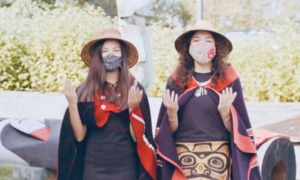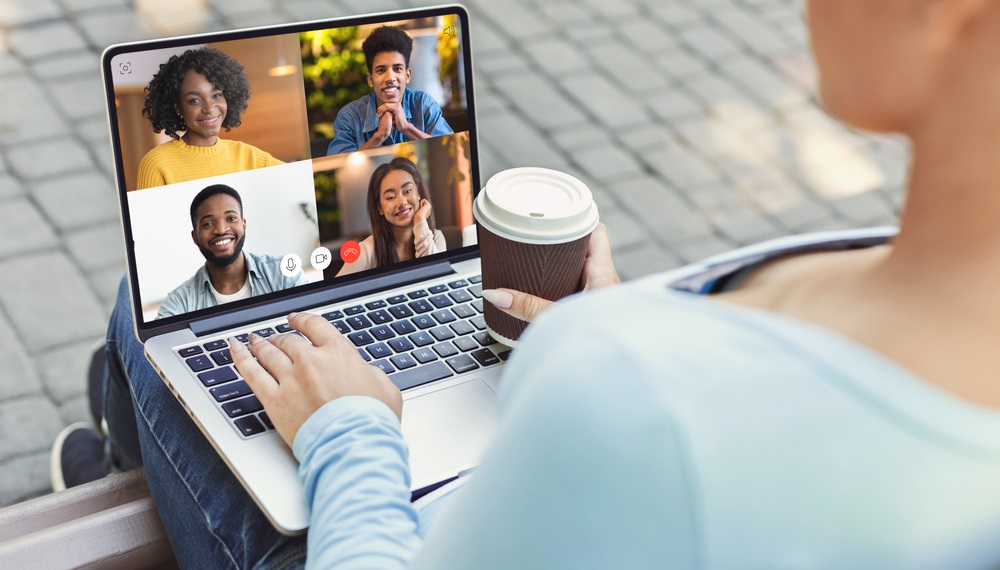 PROSTOCK-STUDIO/SHUTTERSTOCK
PROSTOCK-STUDIO/SHUTTERSTOCK
As I continue to make connections with young people who live with disabilities, I am finding that many of them rely on each other for a sense of community. Nearly everyone I have interviewed has said that they use social media to reach out to friends and be a support system for other people who are disabled.  This week, I spoke with two young women who told me how vital it has been to be able to interact with others who share similar experiences throughout the pandemic.
This week, I spoke with two young women who told me how vital it has been to be able to interact with others who share similar experiences throughout the pandemic.
Carolyn Rivkees is 28 and lives in Bethesda, Maryland. She lives with chronic migraines and runs @chronically_cheerful on Instagram, which has nearly 85,000 followers. The page is “an online community for anyone seeking support, solace and a safe space while navigating life with chronic illness or invisible disability,” she said.
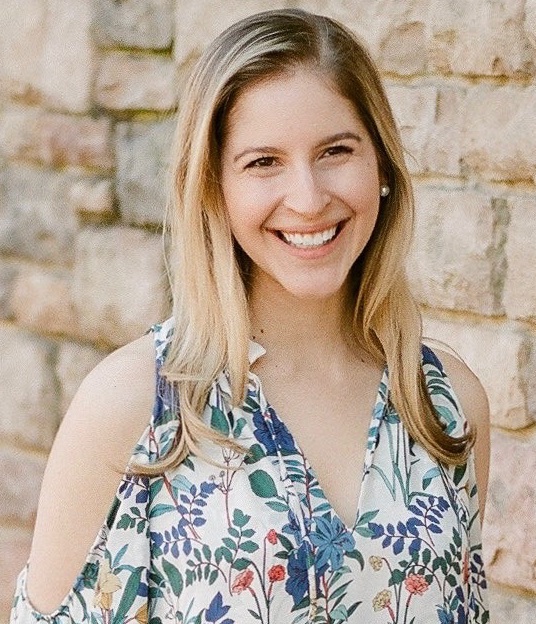
Carolyn Rivkees
Her goal with it is to help people feel more connected and uplifted by their shared experiences. Communal interaction has played a very important role in her life during COVID-19, she said.
“Like many others, the pandemic dramatically intensified my social isolation and stress. I’ve relied on my Chronically Cheerful community every single day during COVID for encouragement, validation and general social interaction. It’s priceless to be able to connect with other people who just ‘get it.’ Engaging with others in the disabled community helps me feel less alone in my experiences and more inspired to keep pushing forward. And above all, connecting with this community reminds me of the incredible strength we all have within, even on the days we are filled with fear,” she said.
Randi Blackmon, of Houston, is 23 and lives with rheumatoid arthritis. She puts out content in her social media accounts “to help individuals that are newly diagnosed, and especially those that are young, in order to make sure they are never alone during this disease process.” Like Rivkees, she said interaction with others in the disabled community has been beneficial during isolation.
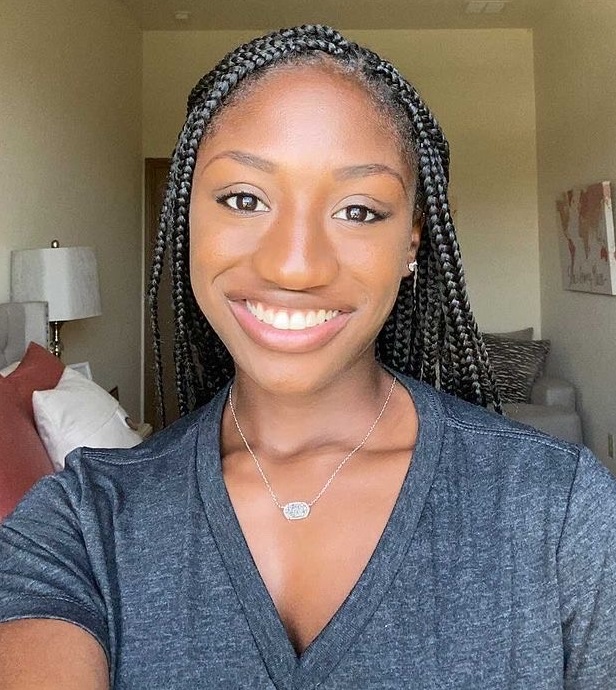
Randi Blackmon
“Interacting with others in the same community as me has allowed me to not feel alone. It gives reassurance to know that I am not the only one feeling this uneasy and confused during this time. It also helps motivate me to keep pushing and to continue giving my all every single day,” she said.
For many people with disabilities, being able to relate to others is a major part of their growth and well-being. The pandemic has weighed heavily on the disabled community in particular because they often have special needs.
“To experience a new virus when there isn’t research on how it could affect your disability is tough,” Blackmon said. “It’s hard to want to balance as much of a ‘normal’ life as you can while also being safe and wanting to enjoy your youthful years! We sacrifice hanging out with certain friends and families to protect ourselves, but then also wonder if we really have to protect ourselves to this extent.”
Rivkees said, “Many people within the disabled community have lost access to essential therapies, [caregivers] and service providers. Many of us were supposed to get treatments or procedures, which have been delayed. And unfortunately, a huge number of people with intellectual or developmental disabilities require in-person care or therapeutic support, which can’t be replicated with telehealth services or virtual substitutes.”
She added, “For many youth, education has been completely disrupted. Those with disabilities often rely on support staff, specialists or individualized attention at school, which is nearly impossible to recreate in a quarantine environment. When schools do reopen, many disabled students might feel too unsafe to go back in person.”
Even before the pandemic began, young people with disabilities were very active in groups where they could share experiences and relate to one another. COVID-19 has made these interactions even more vital since we still have to socially isolate and distance ourselves from in-person interaction. For these youth in particular, these communities can be an outlet and a benefit to maintaining their mental health.
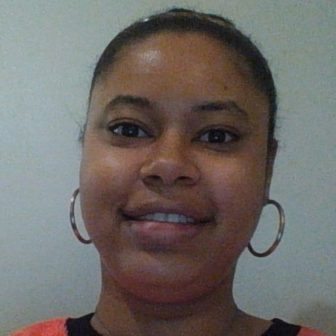
Deandra Mouzon
Deandra Mouzon is a Georgia-based journalist who received a B.A. in journalism from CUNY’s York College. Currently she is working on a publication about youth with disabilities.


